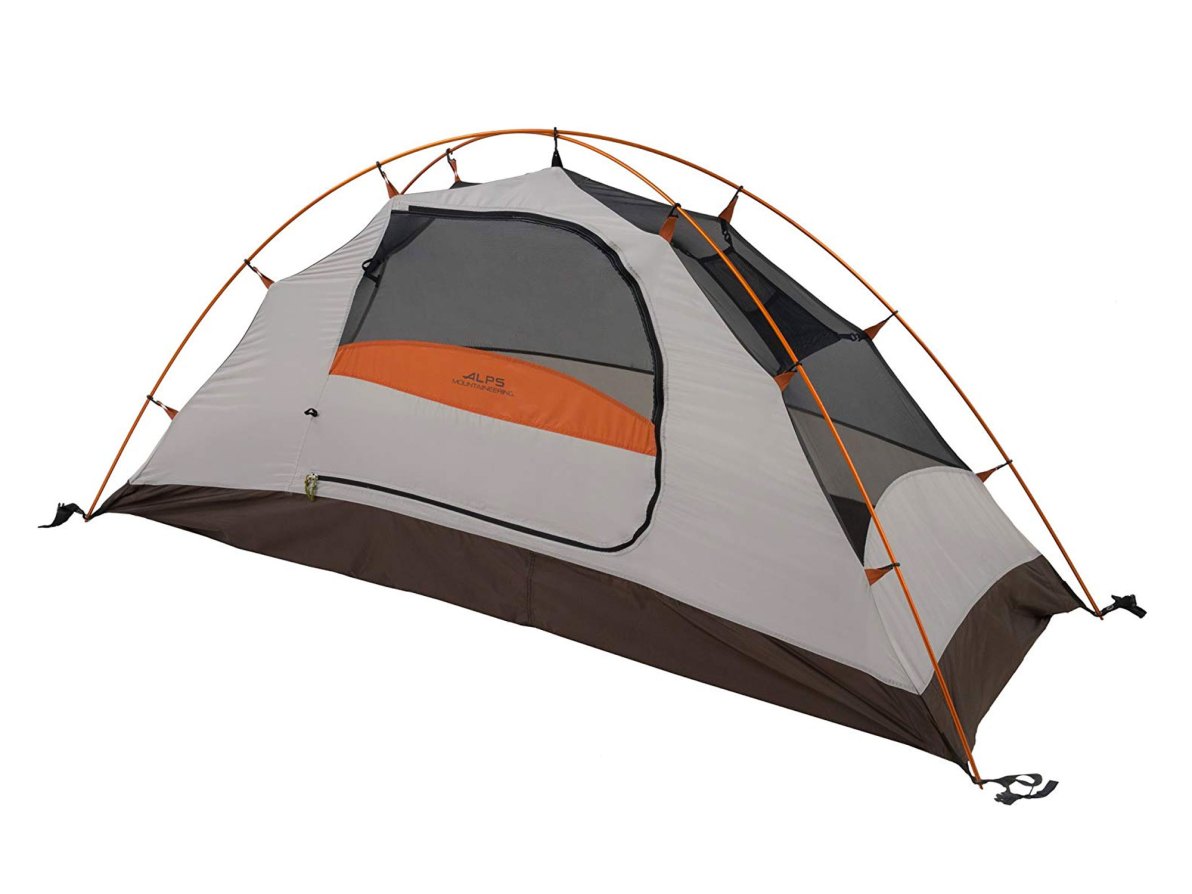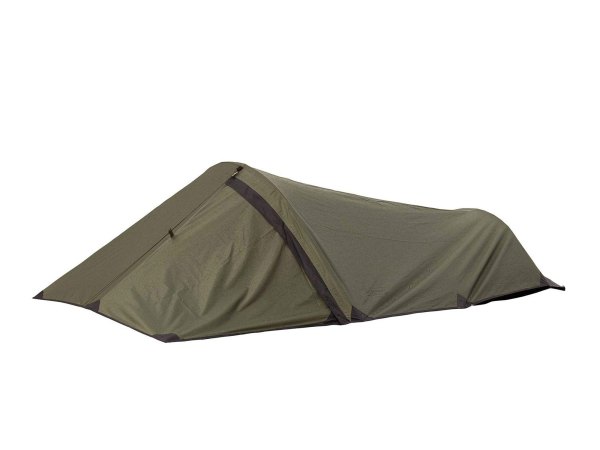We may earn revenue from the products available on this page and participate in affiliate programs. Learn More ›

If there is any outdoor pursuit more challenging and rewarding than heading into the backcountry for an extended wilderness adventure, it’s taking on that same challenge alone. Solo hunting, fishing, and camping require a higher level of woodsmanship compared to going with a group. Self-reliance is inherent, and proper gear essential. Unless you plan to sleep under the stars, shelter is about the most important equipment decision to make. A lightweight, one-person tent is a great all-around option. It may weigh more than a tarp but sets up in a snap and offers 360-degree protection from the elements rather than just a rain fly. Here are a few features to consider before heading down that lonesome trail.
Top Pick
Easy Assembly
The general rule of backpacking is that each person should carry about 2½ to 3 pounds of tent gear. But when solo trekking, it’s hard to get that shelter weight down without limiting yourself to a tarp or bivy bag or paying top dollar for a truly ultralight tent. Mid-priced solo tents generally weigh in the range of 3½ to 4½ pounds.
Three-Season Protection
Roll-Top Cube
A one-person tent typically has two poles. They will either cross at the apex of the tent dome or form arches over the torso and foot bed. A tent with any more poles than that, such as for a gear vestibule, should be carefully evaluated for the benefits of having extra room and stability versus the cost of added weight and set-up complexity.
Featherlite Aluminum Poles
Repair Kit Included
A bivy tent is basically a cross between a one-person tent and a bivy bag. They are free-standing and have modest headroom allowing you to sit up (maybe). Bivy tents are an excellent way to reduce weight but still get some of the advantages of a proper tent, making them great for solo hiking, bicycle touring, or paddling adventures.



